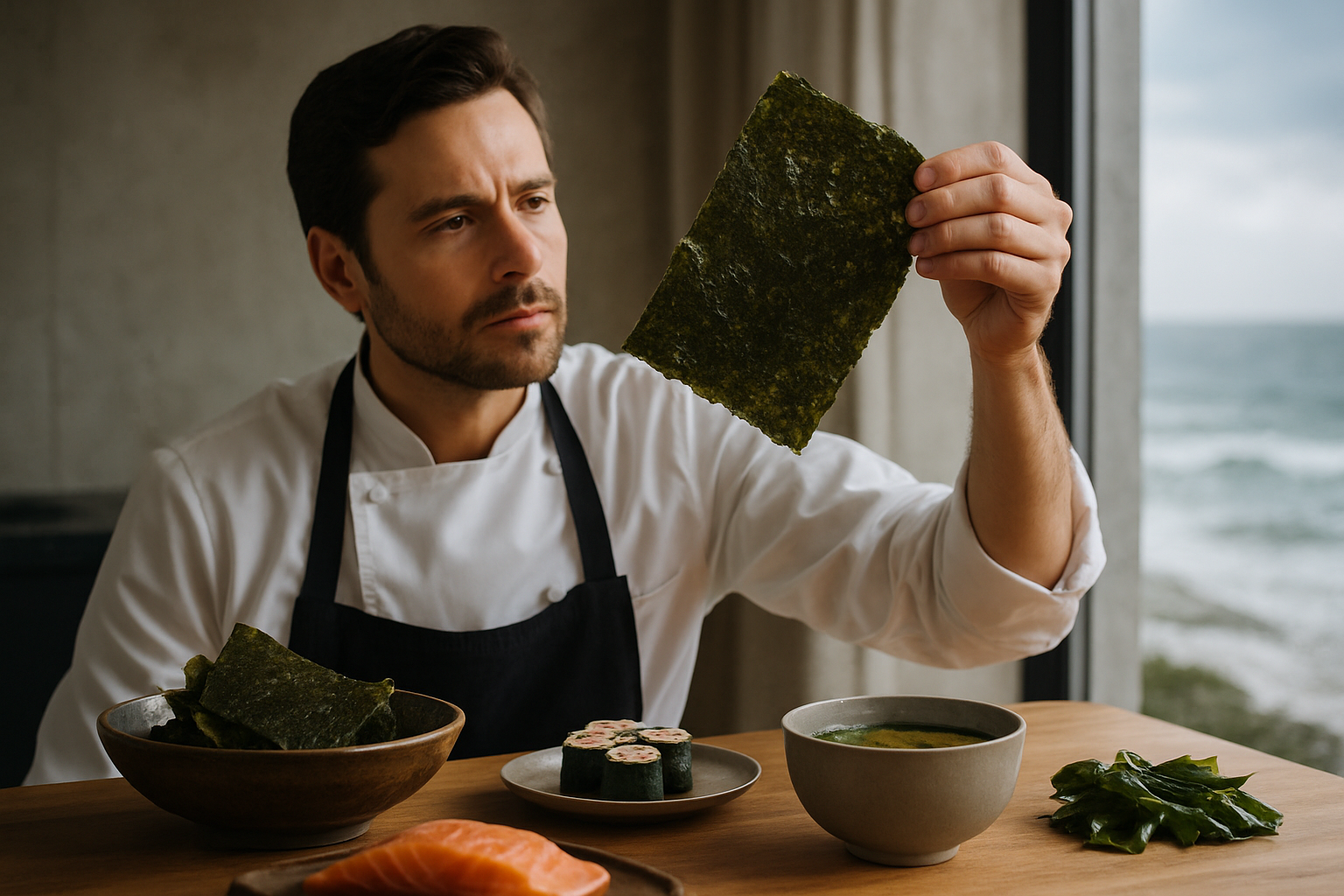Umami-Packed Seaweed Snacks: The Ocean's Crispy Treasure
Dive into the world of seaweed snacks, a salty, savory treat that's making waves in the snack food industry. These nutrient-dense morsels from the sea are not only satisfying your cravings but also offering a host of health benefits. From nori to dulse, discover how these oceanic delights are transforming snack time and adding a burst of umami to everyday eating.

The Nutritional Powerhouse of the Ocean
Seaweed snacks are more than just a tasty treat; they’re a nutritional powerhouse packed with essential vitamins and minerals. Rich in iodine, which is crucial for thyroid function, seaweed also provides a good source of vitamin B12, iron, and omega-3 fatty acids. The high fiber content aids digestion, while the presence of antioxidants helps combat inflammation. With their low calorie count and impressive nutrient density, seaweed snacks offer a smart way to nourish your body between meals.
A Rainbow of Seaweed Varieties
The world of seaweed snacks is diverse, with each variety offering its own unique flavor and texture. Nori, the type commonly used in sushi rolls, is perhaps the most recognizable. Its delicate, slightly sweet taste makes it a perfect entry point for seaweed novices. Dulse, with its bacon-like flavor when pan-fried, appeals to those seeking a more robust taste. Wakame offers a subtle, sweet flavor, while kombu brings a strong umami punch. Exploring these different varieties can be an exciting culinary adventure, broadening your palate and introducing new dimensions to your snacking repertoire.
Creative Culinary Applications
While seaweed snacks are delicious on their own, their versatility in the kitchen is truly impressive. Crumble them over salads for a salty crunch, use them as a wrap for sushi-inspired sandwiches, or incorporate them into homemade furikake seasoning. Innovative chefs are even using seaweed snacks as a garnish for soups, a crispy topping for popcorn, or a unique breading for fish and chicken. The possibilities are endless, limited only by your culinary imagination.
Sustainability and the Future of Snacking
As concerns about environmental sustainability grow, seaweed snacks offer a ray of hope. Seaweed farming requires no fresh water, fertilizers, or arable land, making it one of the most environmentally friendly food sources available. Additionally, seaweed absorbs carbon dioxide, potentially helping to mitigate climate change. By choosing seaweed snacks, consumers can satisfy their cravings while supporting a more sustainable food system, paving the way for a greener snacking future.
Seaweed Snack Tips & Facts
• Store seaweed snacks in an airtight container to maintain crispness
• Experiment with different flavors like wasabi, teriyaki, or sea salt
• Seaweed is one of the few plant-based sources of vitamin B12
• Some varieties of seaweed contain more calcium than milk
• Seaweed has been a staple in Asian diets for thousands of years
• Nori sheets can be used as a low-carb alternative to tortillas
As the tide of health-conscious snacking continues to rise, seaweed snacks stand out as a flavorful, nutritious, and sustainable option. From their impressive nutritional profile to their culinary versatility and eco-friendly production, these oceanic treats offer a compelling case for becoming a pantry staple. So next time you’re craving a salty snack, why not reach for a pack of seaweed? Your taste buds—and the planet—will thank you.





